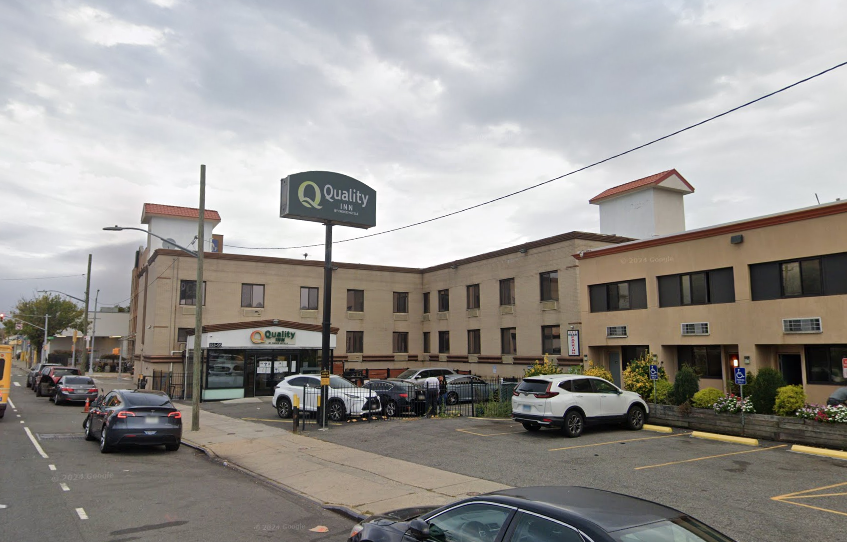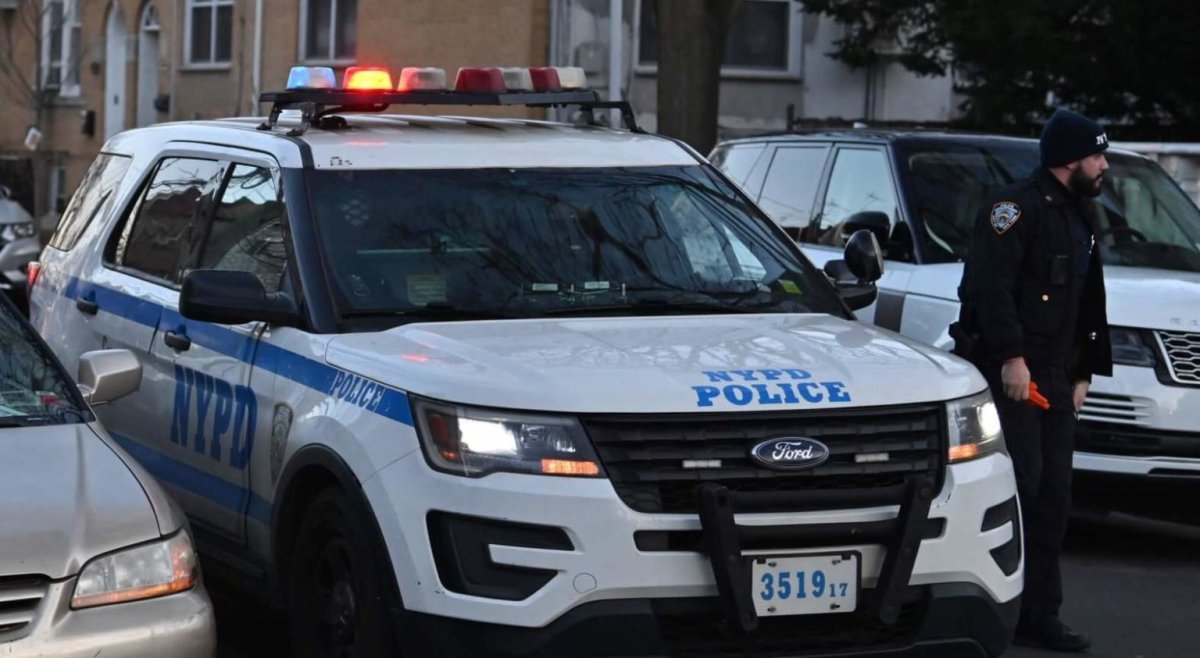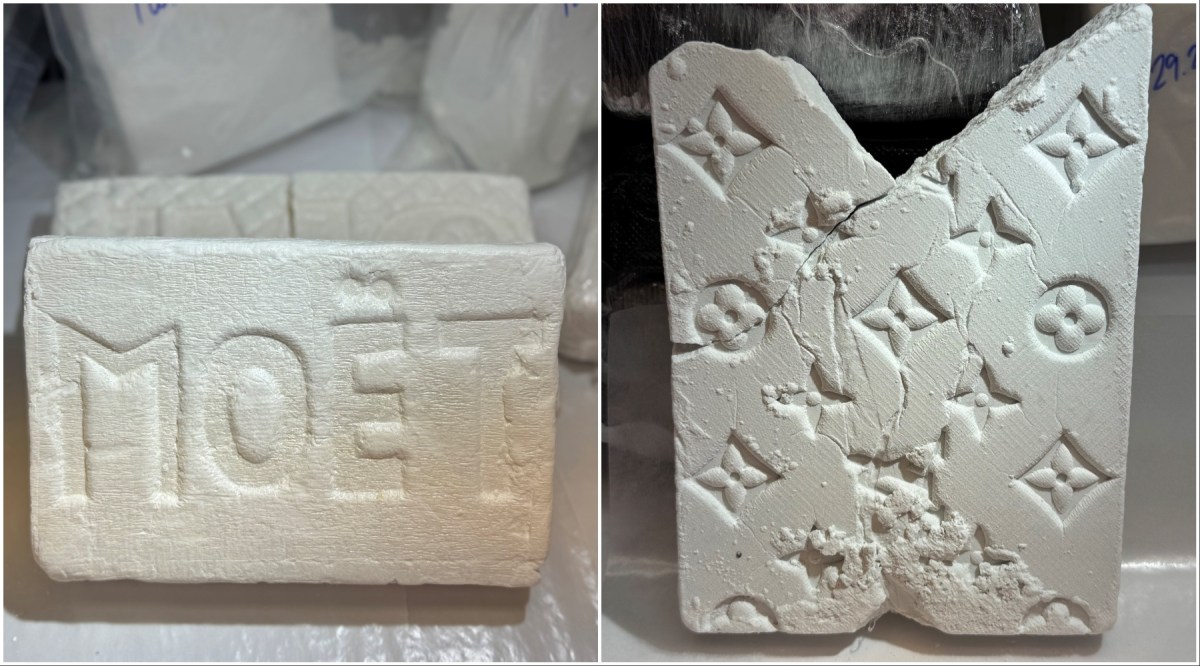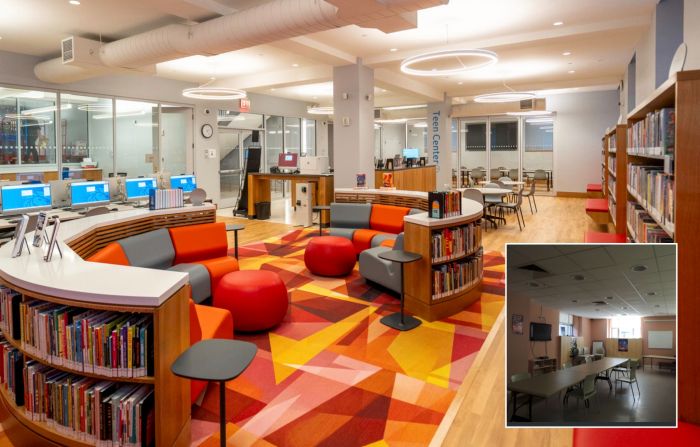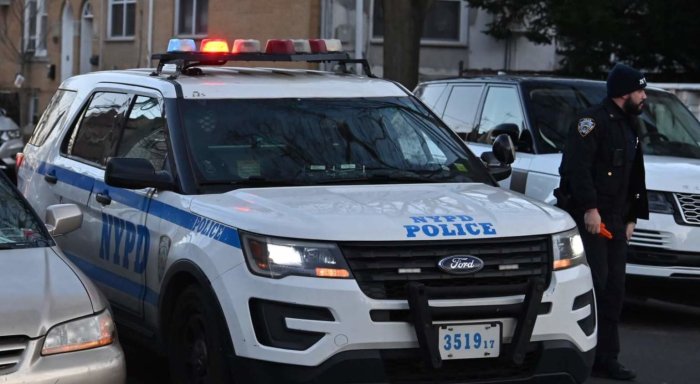By Julie Shapiro
The voices speaking from the walls of Columbus Park are not audible, but they are impossible to miss.
The black letters stenciled on red-painted boards, which arrived earlier this month, tell stories of Chinatown’s past and present. Nearly 80 in all, they dot the perimeter of a park that has long been Chinatown’s living room, with local children scrambling over play equipment and middle-aged women stretching into tai chi poses.
One board, written by a woman named Joanne, reads, “I look at a magazine and for the thousandth time I see no Asians in it…”
On another are the words of an anonymous commenter: “I do not feel trapped in my own community and have chosen to live here. And yes, I do venture outside of Chinatown and have ‘spoken to a white person.’”
The boards comprise a new art project called America’s Chinatown Voices, sponsored by the Asian American Arts Center. The poems and brief vignettes on the boards come from Chinatown residents and passersby, including everything from memories to political statements. Many of the boards also feature black-and-gold portraits drawn from local scenes, family photographs and history books.
Some of the panels beckon simply, “Your story…,” inviting people to submit their thoughts. As artists Avani Patel and Nathalie Thuy-Anh Pham receive responses, they will swap new panels for existing ones, creating a constantly refreshing exhibit that will encircle Columbus Park until Aug. 8.
The goal of the art project is to bring Chinatown’s layers to the surface, both to speak to the residents and to speak for them to the visitors, Pham said.
“There’s a lot more to Chinatown than tourism,” Patel said. “There’s history, culture and diversity, not just food and shopping.”
Neither Pham nor Patel speak Chinese — Pham is Vietnamese and Patel is from India — but they are working with translators to display the stories in both English and Chinese. Though they do not speak the language, both said they feel comfortable in Chinatown, and Patel said she found it one of the warmest, most accepting places in the city.
However, communicating with the people they are trying to reach is proving to be a challenge. When Pham is in the park, residents often come up to her speaking Chinese, assuming she can understand.
“It’s a pity,” she said. “It means something to them, otherwise they wouldn’t come up to me. I would love to know.”
Pham hopes the interactive installation challenges people’s idea of what counts as art. Rather than the centuries-old idea of art as the artist’s self-expression, transformed masterfully into an object, Pham sees art as a social tool, a way of eliciting expression.
“We become the medium of expressing other people’s voices,” she said.
Pham was inspired by German artist Joseph Beuys, who pioneered the idea of art as “social sculpture” in the 1960s. She and Patel view Columbus Park as a large sculpture they are shaping.
The artists hope to combat stereotypes of Chinese Americans that outsiders may have (particularly the vision of bookish math geniuses) by showing the cultural and economic diversity that exists within Chinatown. The modern portraits feature blue-collar restaurant workers, the owner of a laundry and a street vendor.
“Who are your ancestors?” ask several of the panels, and others try to answer the question, with portraits of 19th-century merchants and images from old advertisements.
“To experience life, you don’t need to forget where your ancestors came from,” reads another panel.
Pham said Chinese culture does not dwell on the past in the same way as Western culture, which often emphasizes “never forgetting” atrocities. But she thinks it’s important for people to know about the discrimination the Chinese have faced in America, from the law that prevented them from bringing their wives when they immigrated here to their internment during World War II.
The Columbus Park project was originally supposed to be part of a group of art installations across Chinatown last fall. But while the other installations — at Chatham Green, the Chinatown Health Center and the Chinatown Manpower Project — all went forward, the permits from the city for Columbus Park took longer to come through.
Robert Lee, executive director of the Asian American Arts Center, said the project stands on its own just fine.
“This is the first time we’ve done an outdoor installation that directly attempts to get the community to hear itself, speak to itself, reflect on its images, concerns, feelings,” Lee said. “We put it there so the community can see for themselves what’s on their minds.”
The panels do not all address weighty issues. The memories, poetry and vignettes are often idyllic or even ethereal.
On one panel, a man identified only as Norm wrote, “In my dream we meet on Mott St — or is it Bayard? — and we are blissfully reunited. Awake, she’s still the Chinatown girl I met on Canal and could never find again.”
For more information, or to contribute to the exhibit, visit nycmetropoles.com.
Julie@DowntownExpress.com










